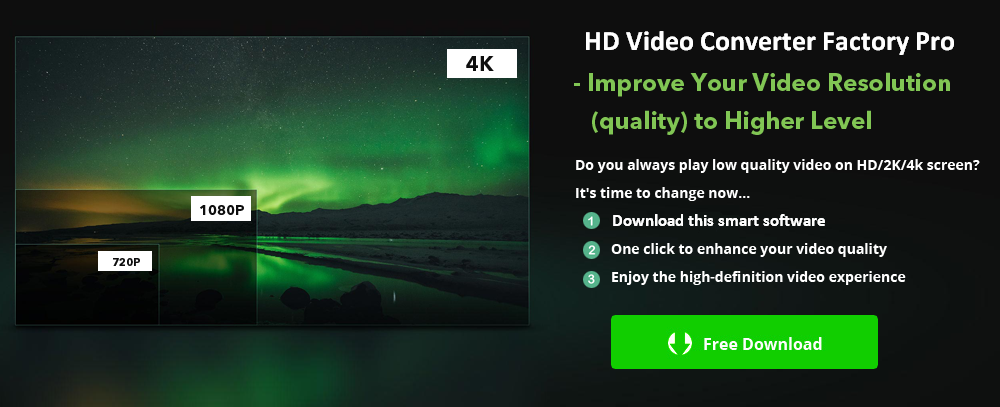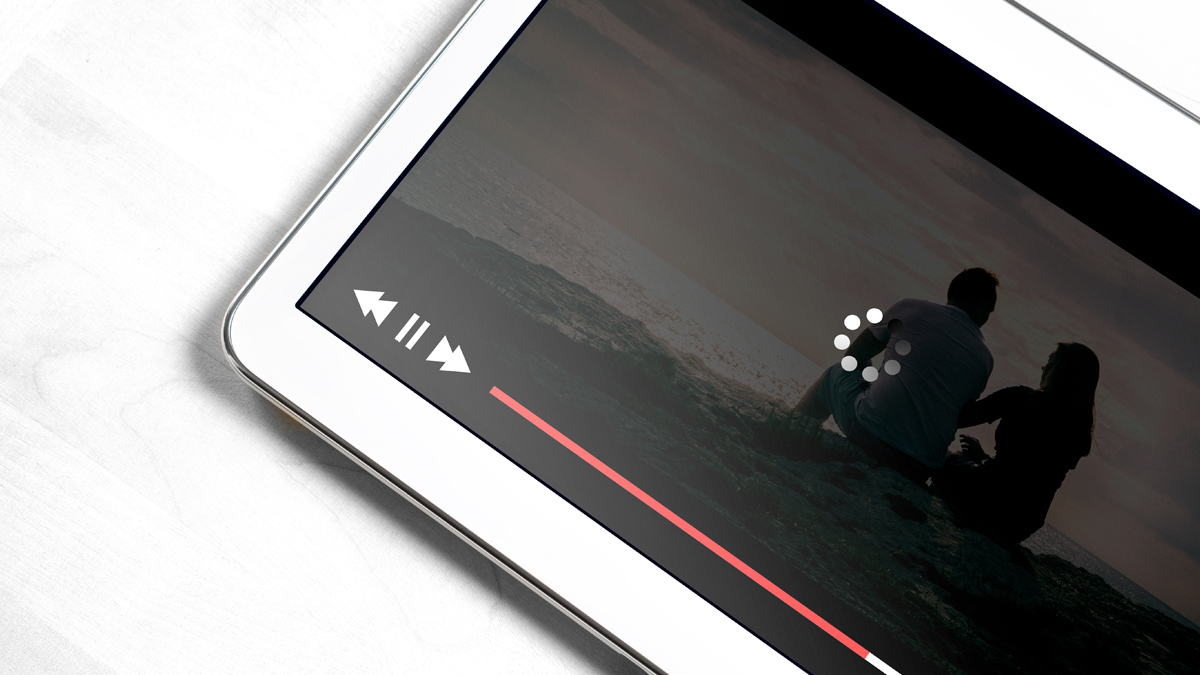
- #720p vs 1080p video file size movie
- #720p vs 1080p video file size 720p
- #720p vs 1080p video file size 1080p
#720p vs 1080p video file size 720p
Of course, as specified above, more affordable entry-level models are still limited to 720p resolution. That means you can find 1080p-capable versions utilising all fixed-pixel technologies, including DLP, LCoS and LCD projectors, and flat panels (plasma and LCD).
#720p vs 1080p video file size 1080p
What kinds of TV technologies offer 1080p resolution?Īside from CRT, which has basically been discontinued, every technology on the market comes in 1080p versions.
#720p vs 1080p video file size movie
More importantly, the vast majority of movie discs are natively encoded in 1080p.ĥ. All Blu-ray players support 1080p output. Really, the main way to get true 1080p output - aside from hooking your PC to your HDTV - is to get a Blu-ray player. (Also, the 720p titles can be upscaled to 1080i or 1080p in the user settings of those consoles). As for HD gaming, Xbox 360 and PlayStation 3 games are available in both 720p and 1080p resolutions.

Today's high-def broadcasts are done in either 1080i or 720p, and there's little or no chance they'll jump to 1080p anytime soon because of bandwidth issues. Progressive-scan formats such as 480p, 720p and 1080p convey all the lines sequentially in a single pass, which makes for smoother, cleaner visuals, especially with sports and other motion-intensive content.Īs a flat screen television is naturally progressive (see below), it will automatically upconvert a 1080i signal to a 1080p picture, and so there may not be an appreciable quality difference on some screens. In a CRT, 1080i sources get rendered on-screen sequentially: the odd-numbered lines of the image appear first followed by even lines, all within 1/25 of a second. Why is 1080p theoretically better than 1080i?ġ080i, the former king of the HDTV hill, actually boasts an identical 1920x1080 resolution, but conveys the images in an interlaced format (the "i" in 1080i). Move up to 50-inch 1080p models and you're looking at AU$3,649.ģ. When it comes to plasma, Panasonic's entry-level 42-inch TH-42PX8A carries a price of around AU$1,699, while the step-up 1080p version, the TH-42PZ80A, comes in at AU$2,549. For example, the Sharp LC32D53X goes for AU$1,399, while the step-up 1080p version, the LC32D77X, retails for AU$1,999.Īs you move up the LCD size chain, your 720p options become more limited because vendors are going with 1080p displays in most LCDs larger than 37 inches. In the case of a 32-inch LCD, for instance, you're looking at around an AU$500 to AU$1,000 price bump. While the gap has certainly narrowed, there's still a notable difference. Several few years ago, you had to pay a huge premium to get a 1080p model at the same screen size as an HD-ready set. Nobody wants to remember numbers, and "768p" doesn't really roll off the tongue. These days, HDTVs with these three lower resolutions are typically called "720p".



They offer more than twice the resolution of the step-down models, which are typically 1366x768 (WXGA), 1280x720 or 1024x768 (XGA). That's because most 1080p HDTVs are capable of displaying every pixel of the highest-resolution HD broadcasts and Blu-ray movies. Clockwise from left: Toshiba 42AV550 (WXGA), Pioneer PDP-LX509A (1080p), LG 42PG60UD (XGA)ġ080p resolution - which equates to 1920x1080 pixels - is the current Holy Grail of HDTV.


 0 kommentar(er)
0 kommentar(er)
